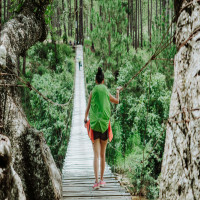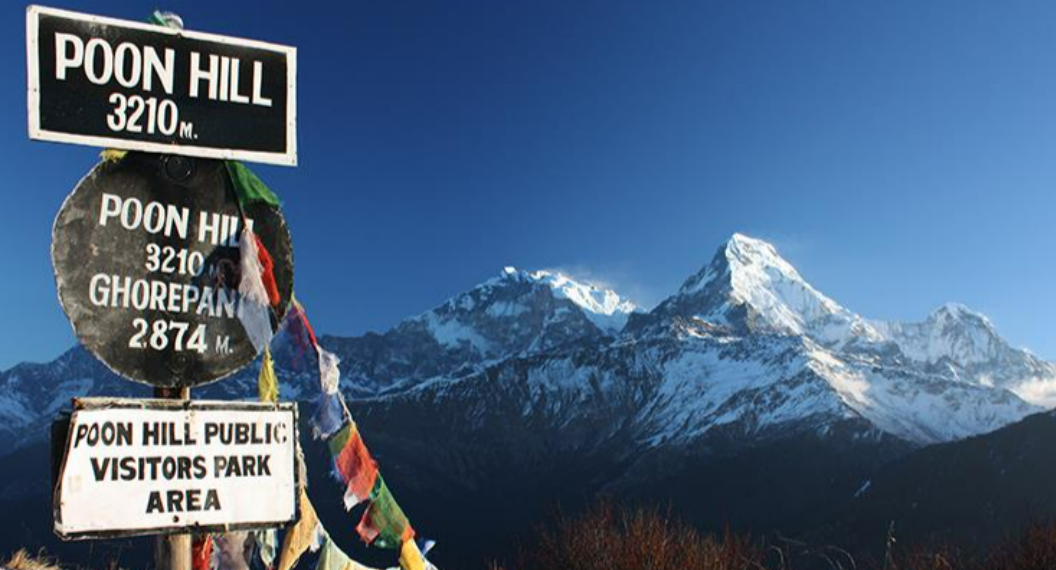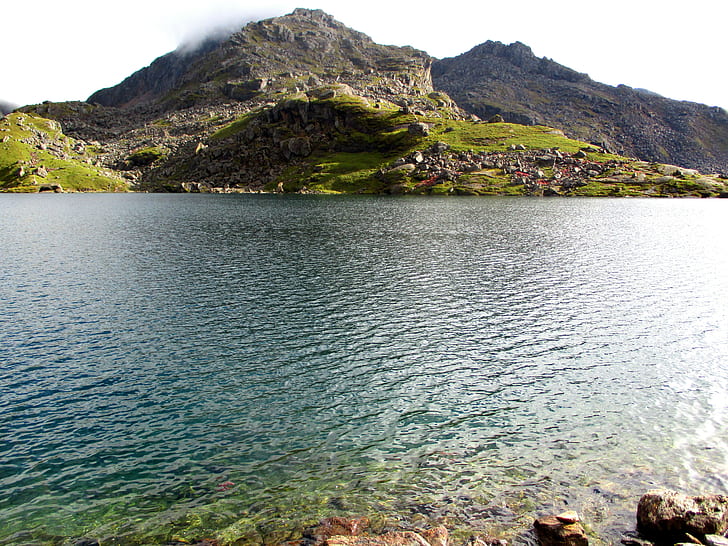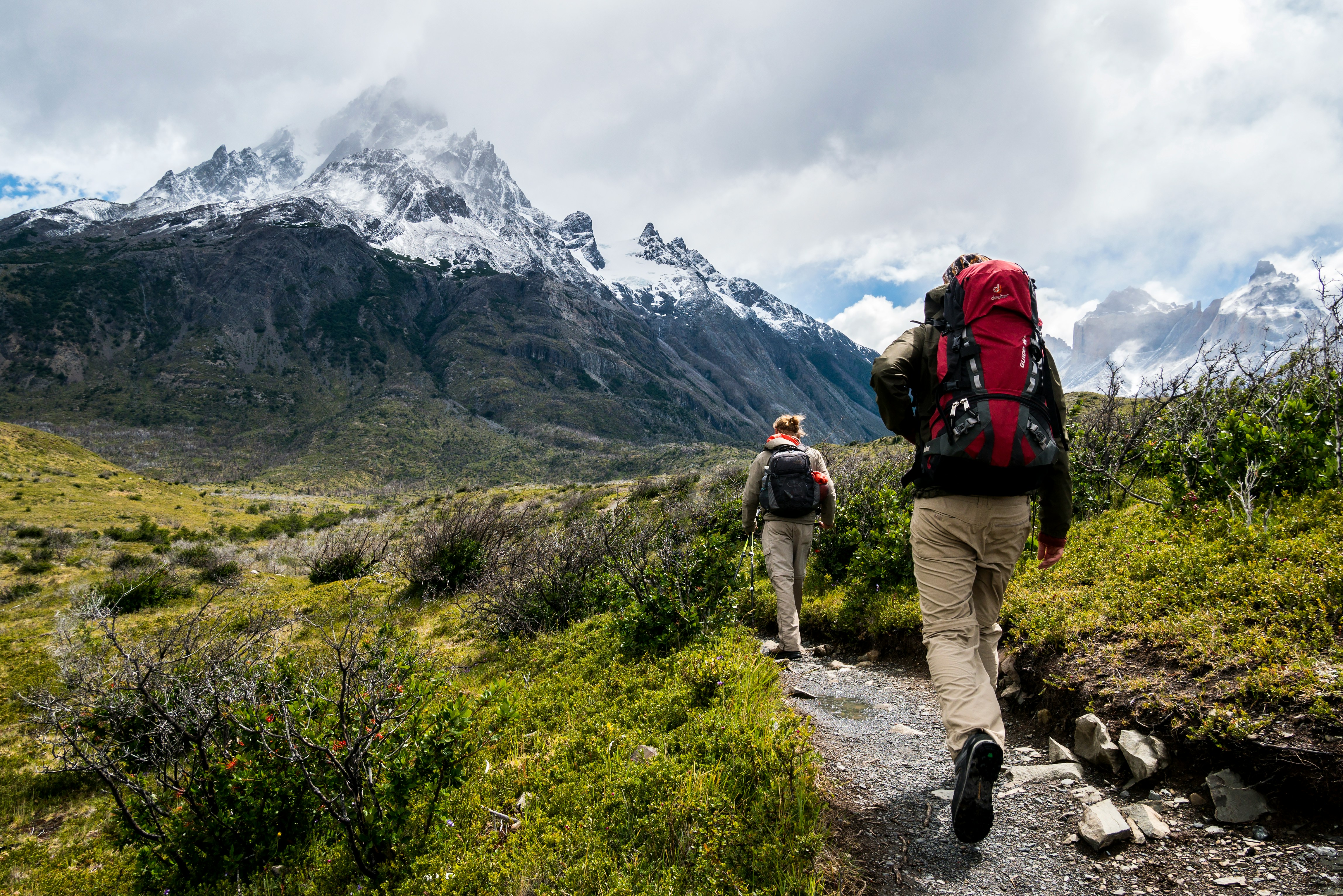Equipment Checklist for Chulu East Peak Climb

Strong 8k brings an ultra-HD IPTV experience to your living room and your pocket.
Climbing Chulu East Peak in the Annapurna region of Nepal is a rewarding challenge for trekkers looking to elevate their Himalayan experience. Standing tall at 6,584 meters (21,601 feet), Chulu East is classified as a trekking peak by the Nepal Mountaineering Association. While technically less demanding than expedition peaks, Chulu East still requires mountaineering skills, physical fitness, and appropriate gear to ensure safety and success.
This comprehensive equipment checklist is designed to help climbers prepare thoroughly for the Chulu East Peak expedition. Whether you are joining a guided climb or organizing an independent ascent, this guide covers essential clothing, gear, mountaineering tools, personal items, and medical supplies.
Why Packing Right Matters for Chulu East
At altitudes exceeding 6,000 meters, the environment is harsh, cold, and unpredictable. Inadequate gear can lead to serious issues such as frostbite, altitude sickness, and equipment failure. Unlike trekking trails, climbing Chulu East includes glacier travel, fixed ropes, and steep snow or ice slopes. Proper preparation ensures not only comfort but also safety and summit success.
Clothing Checklist for Chulu East Peak Climb
1. Base Layers
• Moisture-wicking thermal top and bottom (2–3 sets)
• Lightweight trekking shirts (2–3, quick-drying)
• Trekking trousers or hiking pants
2. Insulation Layers
• Fleece jacket or insulated softshell
• Heavy down jacket (suitable for -20°C or lower)
• Insulated pants for high-altitude base camp and summit day
3. Shell and Outer Layers
• Waterproof and windproof jacket (Gore-Tex or equivalent)
• Waterproof and breathable pants
• Lightweight windbreaker (optional)
4. Head and Handwear
• Fleece or wool beanie
• Sun hat or cap
• Balaclava or buff for neck and face protection
• Glacier glasses or mountaineering sunglasses with UV protection
• High-altitude goggles (for summit day in snowy or windy conditions)
• Inner liner gloves
• Insulated gloves (down or synthetic)
• Waterproof shell gloves or mittens
Footwear for Chulu East Climb
1. Trekking Shoes
• Comfortable, broken-in hiking boots for the approach trek
2. Mountaineering Boots
• Insulated double boots suitable for 6,000-meter peaks (e.g., La Sportiva G2 SM, Scarpa Phantom 6000)
3. Camp Shoes
• Lightweight sandals or slip-ons for tea houses and base camp
4. Socks
• Wool or synthetic trekking socks (4–5 pairs)
• High-altitude thermal socks (2 pairs)
• Liner socks to prevent blisters
Mountaineering Equipment (Climbing Gear)
These are required for the summit push and glacier travel. Most of these can be rented in Kathmandu or Pokhara.
• Climbing harness
• Helmet (certified for mountaineering)
• Crampons (compatible with your boots)
• Ice axe (technical or basic, depending on route conditions)
• Carabiners (locking and non-locking)
• Belay/rappel device (ATC or similar)
• Ascender (jumar) for fixed rope ascents
• Prusik loops or slings
• Climbing rope (generally provided by guides)
• Tape slings and safety cords
• Snow gaiters
• Figure-eight or descender (if required for descent)
• Rope clamps or mechanical ascenders (optional)
If you are joining an organized expedition, the group climbing gear (such as fixed ropes, anchors, and tents) is usually provided by the guiding company.
Sleeping and Camping Gear
While lower altitudes offer tea house accommodation, camping is required at base camp and high camp.
• Four-season sleeping bag (rated to -20°C or lower)
• Sleeping pad (foam or inflatable)
• Tent (usually provided in organized groups)
• Sleeping bag liner (for added warmth and hygiene)
• Lightweight travel pillow (optional)
Personal Items and Trekking Essentials
• Large backpack (60–70 liters) for main gear
• Daypack (30–40 liters) for personal use during trekking
• Rain cover for backpack
• Dry bags or compression sacks
• Headlamp with extra batteries
• Reusable water bottles or hydration system (minimum 2 liters capacity)
• Water purification tablets or filter
• Trekking poles (adjustable)
• Personal toiletries (biodegradable soap, toothbrush, toothpaste)
• Sunscreen (SPF 30 or higher)
• Lip balm with SPF
• Towel (quick-drying)
• Toilet paper and hand sanitizer
• Personal snacks (energy bars, nuts, dried fruits)
• Lightweight book or journal
• Ziplock bags for waste and organization
First Aid and Medications
A personal medical kit is a must, even if you are traveling with a group.
• Personal prescription medications
• Diamox (acetazolamide) for altitude sickness (consult your doctor)
• Ibuprofen or paracetamol for pain relief
• Antiseptic cream
• Band-aids, moleskin or blister pads
• Antidiarrheal medication (e.g., loperamide)
• Rehydration salts or electrolyte powder
• Insect repellent (for lower altitudes)
• Medical tape and gauze
• Scissors or multitool
• Small thermometer
Documents and Money
• Valid passport with Nepal visa
• Passport-sized photos (for permits)
• Copies of passport and insurance
• Climbing permit and trekking permits (TIMS, ACAP)
• Travel insurance (must include high-altitude rescue and evacuation)
• Cash (Nepali Rupees) for lodges, food, and tips (ATMs are only in Kathmandu and Pokhara)
Optional but Helpful Items
• Power bank or solar charger
• Portable camera or action cam
• GPS device or offline navigation app
• Lightweight thermos flask
• Extra shoelaces and repair tape
• Earplugs and sleep mask
• Nepal trekking map or guidebook
Renting vs Buying Gear
Most technical equipment such as mountaineering boots, crampons, ice axe, harness, and sleeping bags can be rented in Kathmandu or Pokhara. However, if you plan to climb frequently, investing in personal equipment is recommended for comfort and performance.
Final Packing Tips
• Train in advance: Cardiovascular fitness, strength training, and hill walking are essential.
• Layer smartly: Layering helps you adapt quickly to changing temperatures.
• Pack light: The climbing and porter weight limit is generally around 15 kg.
• Test your gear: Make sure all rented or new gear fits and functions before the climb.
Conclusion
Climbing Chulu East Peak is a demanding yet exhilarating experience that requires detailed preparation and reliable gear. With the right equipment, proper training, and professional guidance, you can safely summit one of Nepal’s most scenic trekking peaks. This checklist is intended to serve as your complete gear guide to ensure that you are fully equipped for every stage of the adventure—from the lush Annapurna trails to the snowy heights of the summit.
Start packing wisely and get ready to stand tall amidst the giants of the Annapurna range.
Note: IndiBlogHub features both user-submitted and editorial content. We do not verify third-party contributions. Read our Disclaimer and Privacy Policyfor details.







